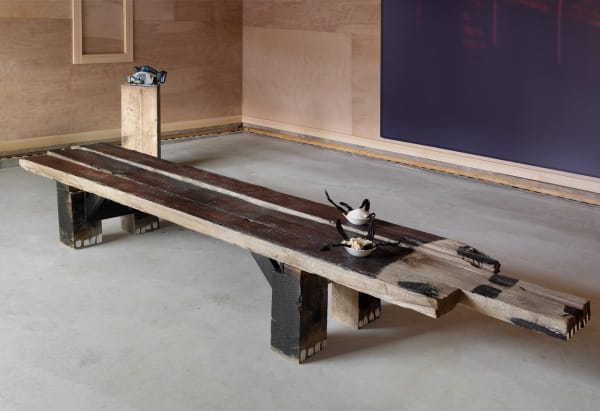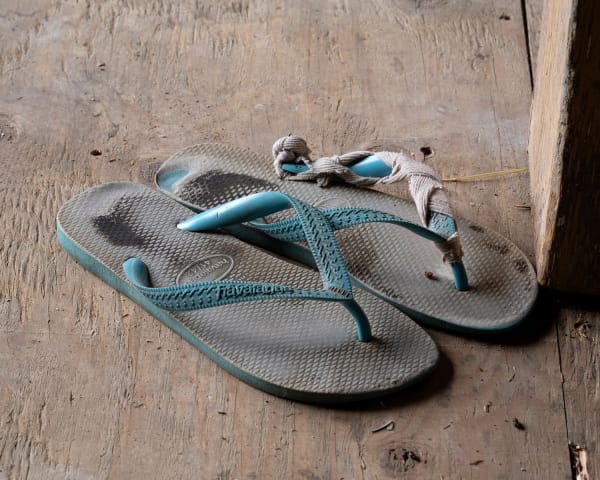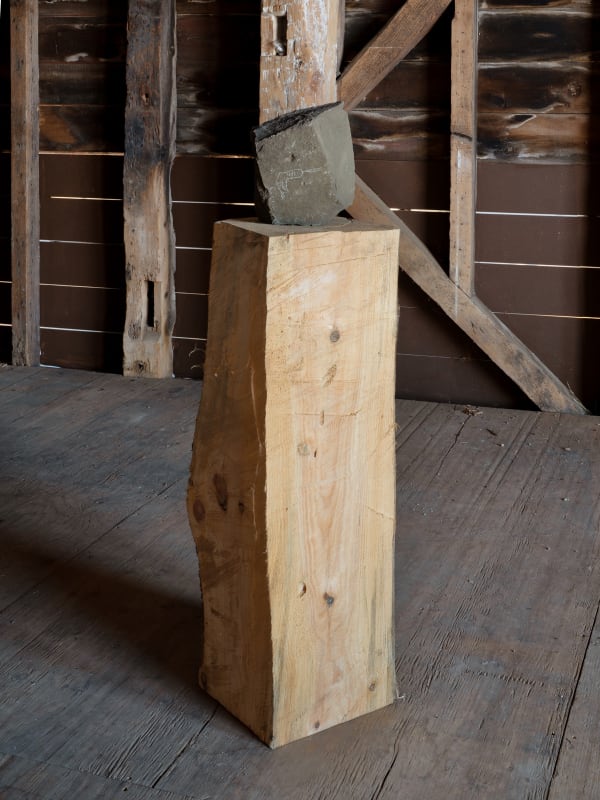Paulo Nazareth at Archipelago Paulo Nazareth
Archipelago
Nov 12 – Feb 26, 2023
-
 Paulo Nazareth
Paulo Nazareth -
 Paulo Nazareth
Paulo Nazareth -
 Paulo Nazareth
Paulo Nazareth -
 Paulo Nazareth
Paulo Nazareth -
 Paulo Nazareth
Paulo Nazareth -
 Paulo Nazareth
Paulo Nazareth -
 Paulo Nazareth
Paulo Nazareth -
 Paulo Nazareth
Paulo Nazareth -
 Paulo Nazareth
Paulo Nazareth -
 Paulo Nazareth
Paulo Nazareth -
 Paulo Nazareth
Paulo Nazareth -
 Paulo Nazareth
Paulo Nazareth -
 Paulo Nazareth
Paulo Nazareth -
 Paulo Nazareth
Paulo Nazareth -
 Paulo Nazareth
Paulo Nazareth -
 Paulo Nazareth
Paulo Nazareth -
 Paulo Nazareth
Paulo Nazareth -
 Paulo Nazareth
Paulo Nazareth -
 Paulo Nazareth
Paulo Nazareth -
 Paulo Nazareth
Paulo Nazareth -
 Paulo Nazareth
Paulo Nazareth -
 Paulo Nazareth
Paulo Nazareth -
 Paulo Nazareth
Paulo Nazareth -
 Paulo Nazareth
Paulo Nazareth -
 Paulo Nazareth
Paulo Nazareth -
 Paulo Nazareth
Paulo Nazareth -
 Paulo Nazareth
Paulo Nazareth -
 Paulo Nazareth
Paulo Nazareth -
 Paulo Nazareth
Paulo Nazareth -
 Paulo Nazareth
Paulo Nazareth -
 Paulo Nazareth
Paulo Nazareth -
 Paulo Nazareth
Paulo Nazareth -
 Paulo Nazareth
Paulo Nazareth -
 Paulo Nazareth
Paulo Nazareth -
 Paulo Nazareth
Paulo Nazareth





































